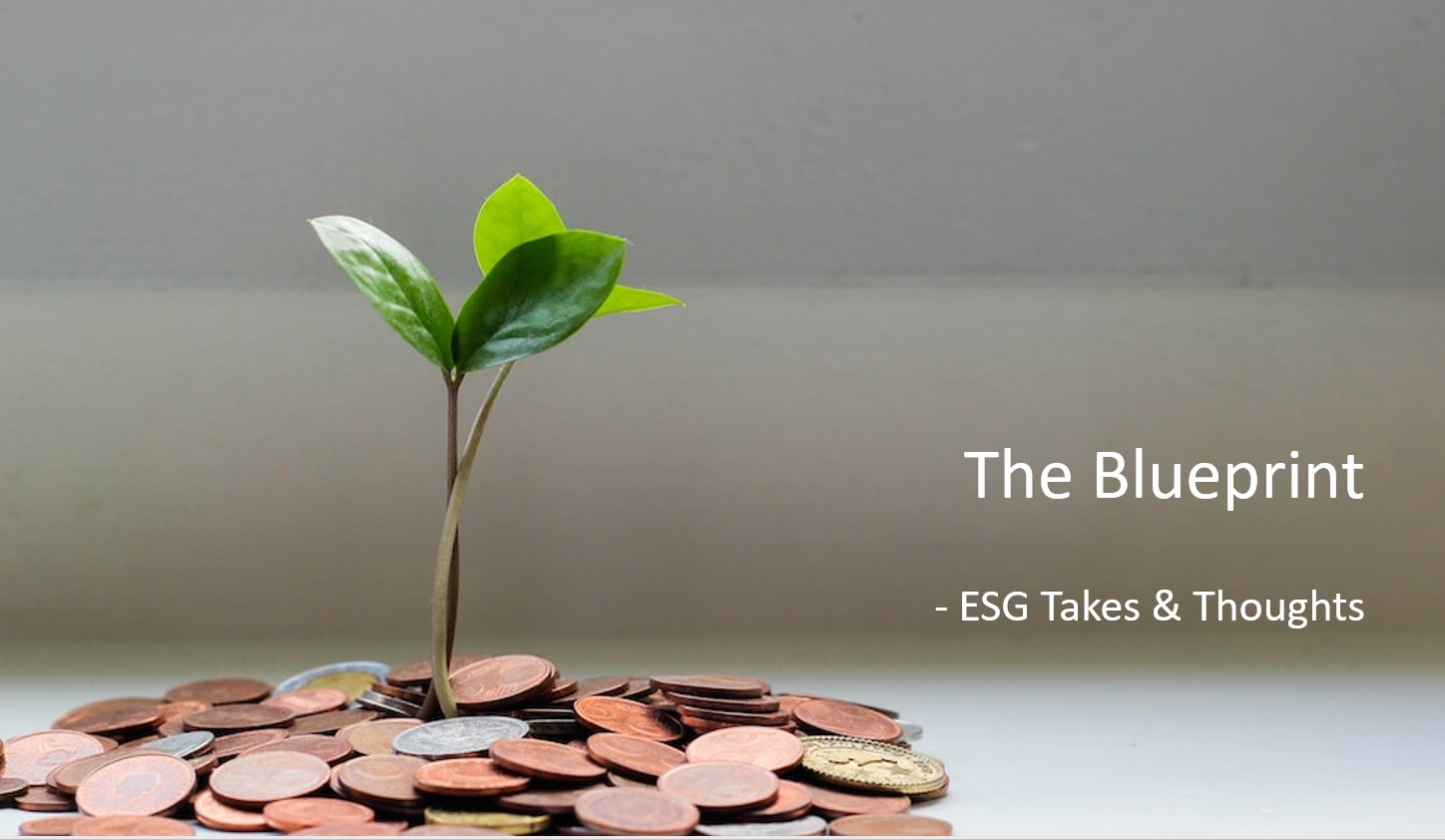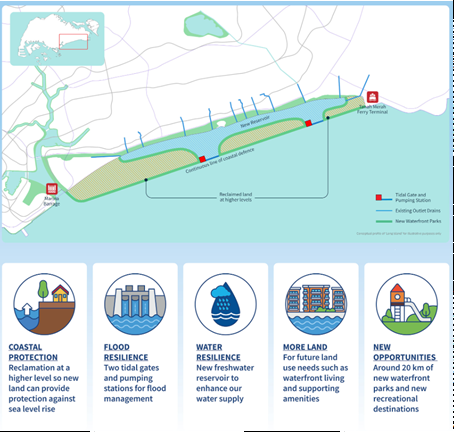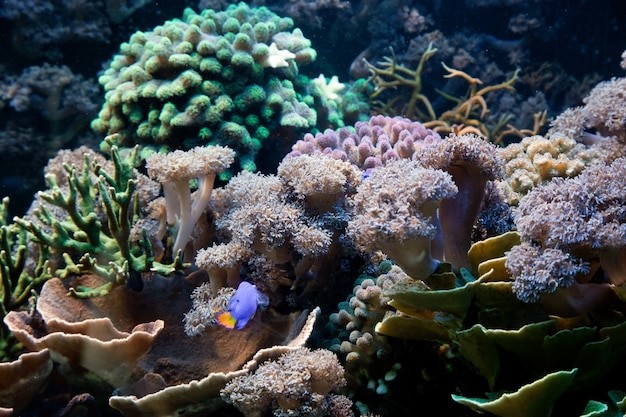
Land from sand
The UN’s latest climate adaptation report concludes that we are underprepared for the impacts of a changing climate. At present, humanity stands little chance against more frequent and severe storms, floods, and droughts. The 2015 Paris Agreement established a Global Goal on Adaptation (GGA) to enhance countries’ capacity to strengthen resilience and reduce vulnerability to climate change. This includes setting specific, quantifiable targets and enhancing adaptation finance for developing countries. Nearly a decade in the making, negotiators at the COP28 climate conference will need to define and adopt a finalised GGA framework.
Planned land reclamation off Singapore’s East Coast
As a small island-city surrounded by water, sea level rise and increased rainfall intensity is a major concern for Singapore. One-third of Singapore is less than 5 metres above sea level, with coastal areas like East Coast facing flood risks. Last week, Singapore announced the ‘Long Island’ plan to guard the area against future seawater inundation. ‘Long Island’ could take the form of reclaimed land tracts about twice the size of Marina Bay, creating an enclosed waterbody in front of East Coast Park.
Potential biodiversity trade-offs
This is not the first time Singapore has reclaimed land in the area. East Coast Park sits upon land created from the sea. Reclamation works have been carried out since the 1960s for commercial and residential use.

Conceptual map of ‘Long Island’. Photo source: URA
We have already lost 60% of coral reef extent. Besides habitat loss, reclamation can release sediment to smother corals and seagrass in the nearby Southern Islands. This includes the Sisters’ Islands Marine Park – designated a marine protected area in 2014. It supports an ecosystem home to rare and endangered species. Sediment pollution from development can affect marine life living in areas with limited light penetration.

Photo: Freepik
A proposed goal under the GGA looks to “reduce vulnerability and enhance long-term [effective] resilience and adaptive capacity, reaching and benefitting ‘XX’ billion people and their livelihoods (economy), conserving ‘XX%’ of land, freshwater, and ocean ecosystems” by 2050. The final framework needs to be robust and holistic, taking into account ecological and socio-economic dimensions.
‘Long Island’ is expected to add new green and blue spaces for housing, recreation, and nature-based solutions – including 20 km of coastal and waterfront parks. About 30,000 to 60,000 homes could be built on the island, while existing properties along East Coast will benefit from protection against sea level rise. Coastal adaptation safeguards the spaces that Singaporeans need for livelihoods and lifestyles. In addition to drawing out key risks and issues, early engagement with communities can support climate action that benefits the ocean, people and businesses dependent on it.
Looking forward
At COP28, global leaders can create the foundation for developing climate-resilient communities, protecting the well-being of people, and safeguarding ecosystems. As negotiations unfold, ecological considerations must be integrated into adaptation strategies. At PCM, we support companies that integrate enhanced climate resilience and safeguard biodiversity to minimise environmental impact under PCM ESG Research Objective 2. We reinforce companies that prevent pollution (including sediment, chemicals, and noise) from their operations and value chain.
Important Information
This material is provided by Phillip Capital Management (S) Ltd (“PCM”) for general information only and does not constitute a recommendation, an offer to sell, or a solicitation of any offer to invest in any of the exchange-traded fund (“ETF”) or the unit trust (“Products”) mentioned herein. It does not have any regard to your specific investment objectives, financial situation and any of your particular needs.
The information provided herein may be obtained or compiled from public and/or third party sources that PCM has no reason to believe are unreliable. Any opinion or view herein is an expression of belief of the individual author or the indicated source (as applicable) only. PCM makes no representation or warranty that such information is accurate, complete, verified or should be relied upon as such. The information does not constitute, and should not be used as a substitute for tax, legal or investment advice.
The information herein are not for any person in any jurisdiction or country where such distribution or availability for use would contravene any applicable law or regulation or would subject PCM to any registration or licensing requirement in such jurisdiction or country. The Products is not offered to U.S. Persons. PhillipCapital Group of Companies, including PCM, their affiliates and/or their officers, directors and/or employees may own or have positions in the Products. This advertisement has not been reviewed by the Monetary Authority of Singapore.
